The Many Uses for Dogs
- inthearchivespodca
- Jan 29
- 3 min read
A continuation of the "Once a Man's Best Friend Always a Man's Best Friend."
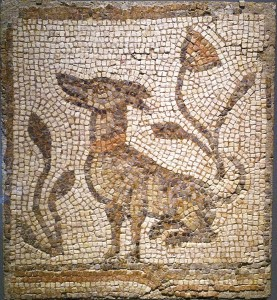
This week’s episode of In the Archives explored the role of dogs in ancient Roman society. Dogs served many purposes—they were entertainers, warriors, fighters, trackers, hunters, and, most importantly, protectors. In the episode, Pliny the Elder provided anecdotal evidence of how dogs protected their masters, highlighting their loyalty and bravery. However, his account only scratches the surface of the significance of dogs in the Roman world.
It does not answer key questions: How did dogs protect the home? How were they used for entertainment? What role did they play in the Roman army? This article delves deeper into these aspects, expanding on a dog’s responsibilities in ancient Rome.
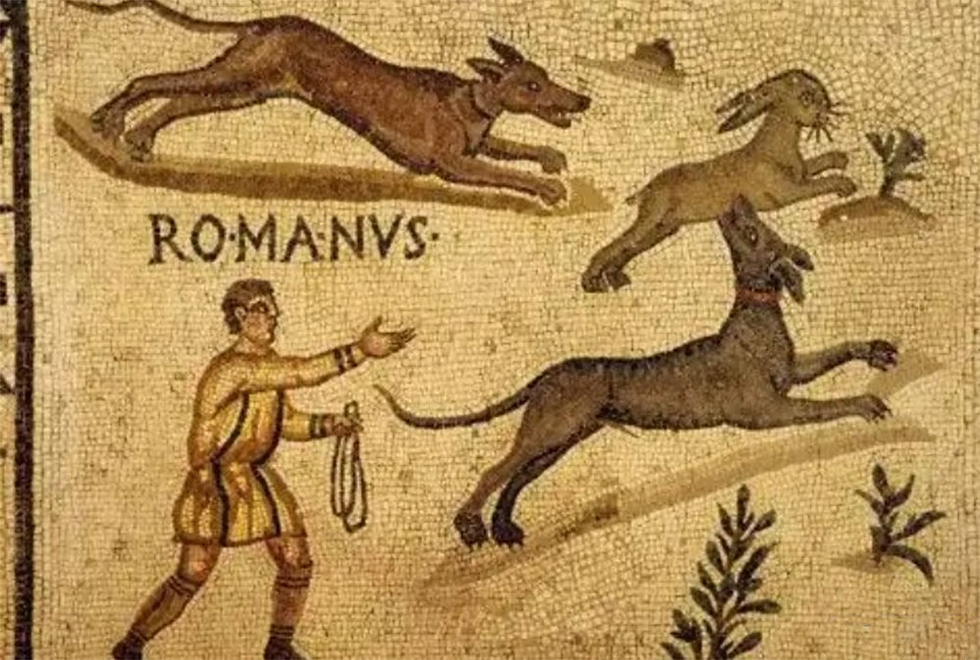
Dogs as Protectors of the Home
Many Roman families relied on dogs to guard their homes. Ancient writers frequently emphasized the importance of having a watchdog. The poet Virgil states:
“Never, with them on guard, need you fear for your stalls a midnight thief, or onslaught of wolves or Iberian brigands at your back.”
The Roman scholar Varro also advised that every home or farm should have either a hunting or guard dog. He wrote:
“Two sorts of dogs are recognized: the hunting-dog suited to chase the beasts of the forest, and the other which is procured as a watch-dog and is of importance to the shepherd.”
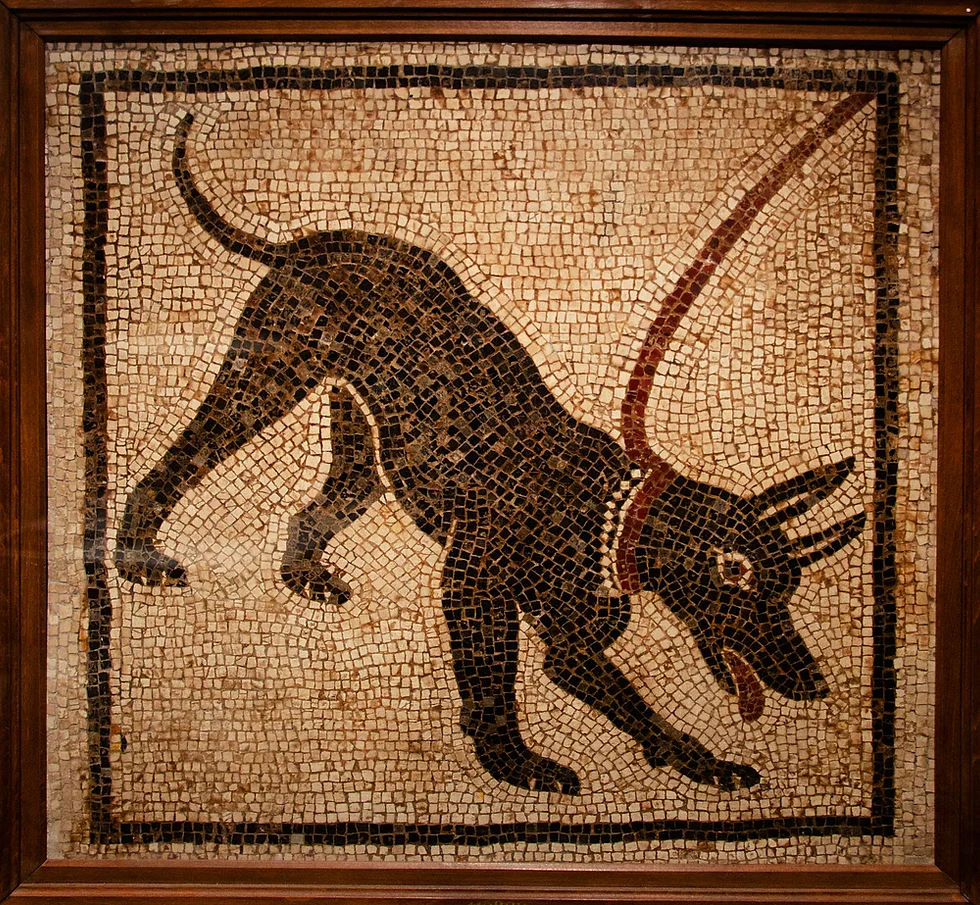
To Varro, dogs served two primary functions—hunting and protecting.
To safeguard their dogs from wolf attacks, Romans used a thick, studded collar known as a milium. This collar protected the dog’s throat from being bitten. If a wolf experienced the pain of a milium collar once, it was unlikely to attempt a second attack.
Dogs as Entertainers
Ancient Rome was never short on entertainment, and dogs played a role in several spectacles, including gladiatorial battles, racing, and even as lapdogs for the elite.
Dogs in Gladiatorial Games
Gladiatorial battles were notoriously brutal, and while many animals, such as lions and tigers, were used as prey, dogs had a different role. They assisted gladiators in battle, either against wild beasts or other fighters. Their presence added an unpredictable element to the games, increasing the spectacle’s intensity.

Dogs in Racing
Racing became another popular use for dogs, particularly after the introduction of the Vertragus, an ancient ancestor of the modern greyhound. Known for its speed, the Vertragus quickly became favored for races. However, early races revealed an issue—the traditional milium and metal collars were too heavy, weighing the dogs down. To solve this, Romans designed a sleeker, lightweight leather collar accompanied by a matching leash known as a lyam.
Lapdogs and Status Symbols
Perhaps the most unique form of canine entertainment came in the form of the Maltese lapdog. Unlike racing or gladiatorial dogs, Maltese dogs were not bred for sport or protection. Instead, they were seen as luxury pets, a symbol of wealth and status. Owned only by the most affluent members of Roman society, these tiny dogs were often well-trained and capable of performing tricks. However, their primary role was simply to be pampered members of the household.
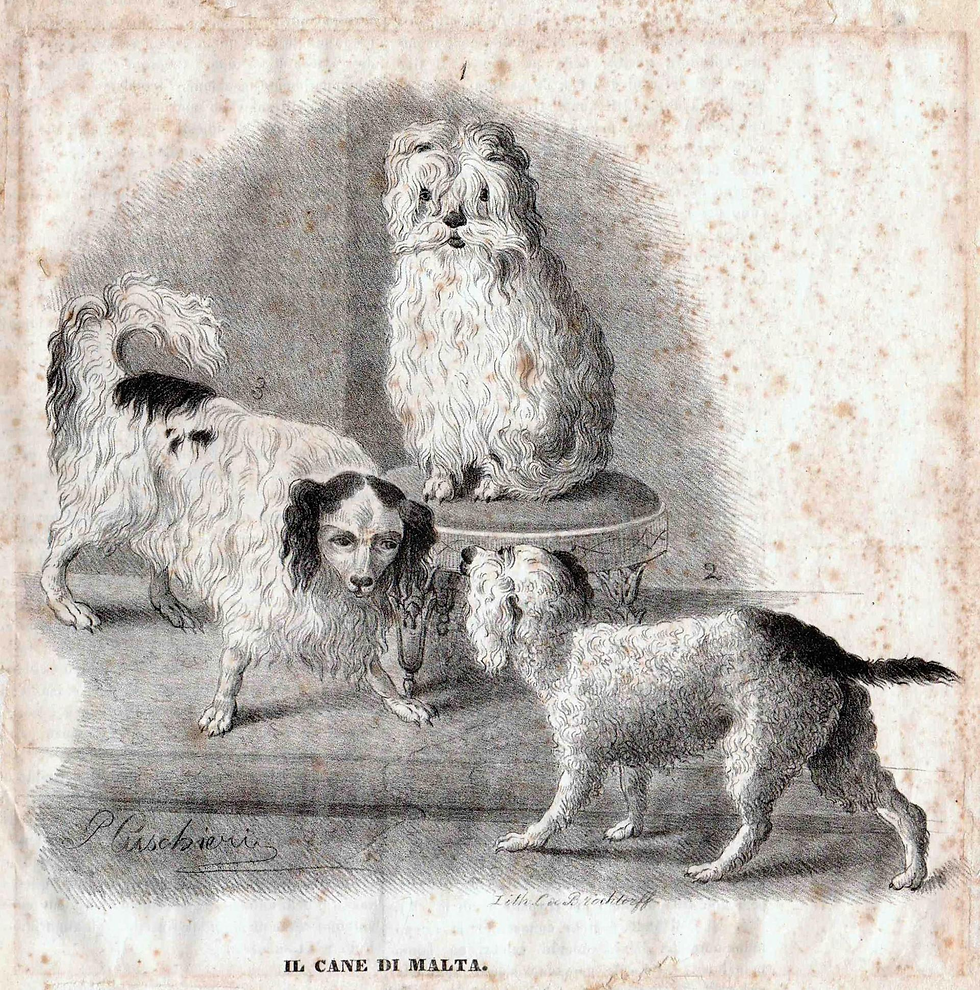
Dogs in War
Rome’s military was one of the most formidable forces in history, and dogs were an essential part of its operations. Large breeds such as the Molossus and Cane Corso were trained for combat, wearing armor like their human counterparts and fighting alongside Roman soldiers.
The historian Polybius described a particularly fearsome military tactic involving dogs. Roman generals would tie pots of Greek Fire—an incendiary weapon similar to a modern flamethrower—to war dogs. The dogs would then charge under enemy horses, igniting chaos as the riders were thrown to the ground while fire spread among the troops.
Beyond combat, dogs played other crucial roles in warfare. Their keen sense of smell made them excellent trackers, capable of hunting down enemy soldiers. They were also used as guards, patrolling military camps and alerting soldiers to any intruders.
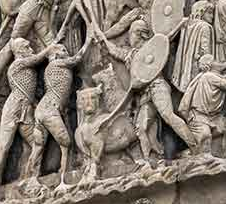
Conclusion
Dogs played an essential role in everyday Roman life, though their duties were vastly different from those of modern dogs. While some dogs today still serve in war, hunting, or as guards, you won’t find them in gladiatorial arenas anymore. The closest they come to entertainment now is starring in movies.
Today, dogs live much more comfortable lives, residing alongside us as companions rather than warriors. However, one thing has remained unchanged throughout history—the unwavering loyalty and devotion of man’s best friend.
Don’t forget to listen to our episode on Dogs in the Roman World and check out our other article on ancient dog breeds!
Which role of Roman Dogs surprised you the most? Leave a comment below.



Comments